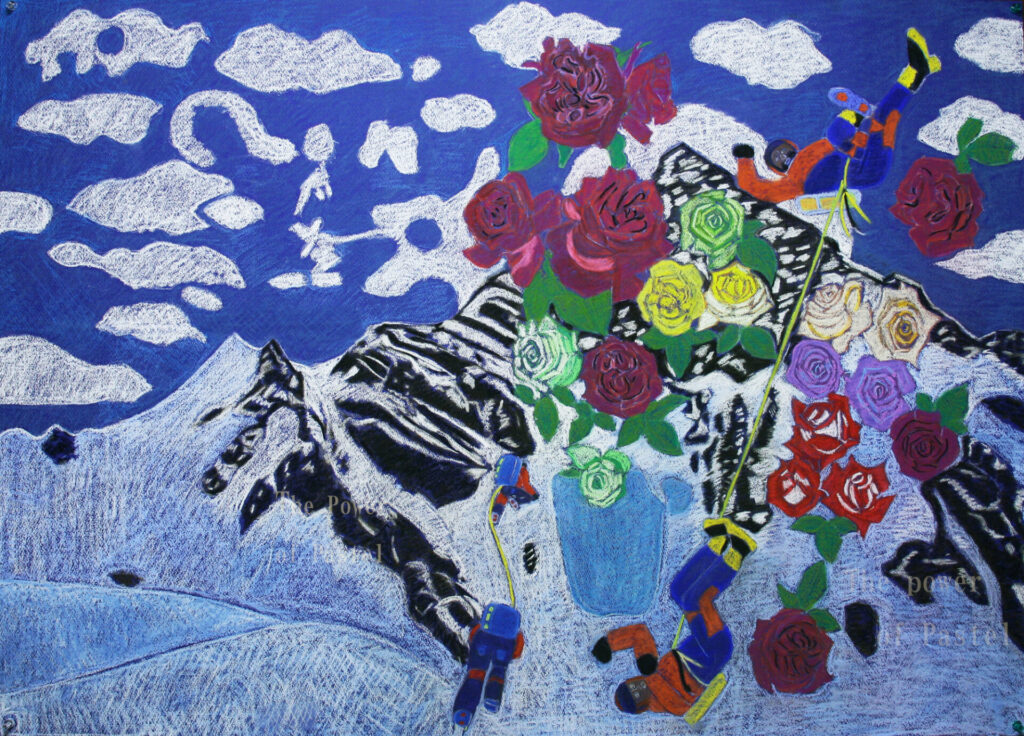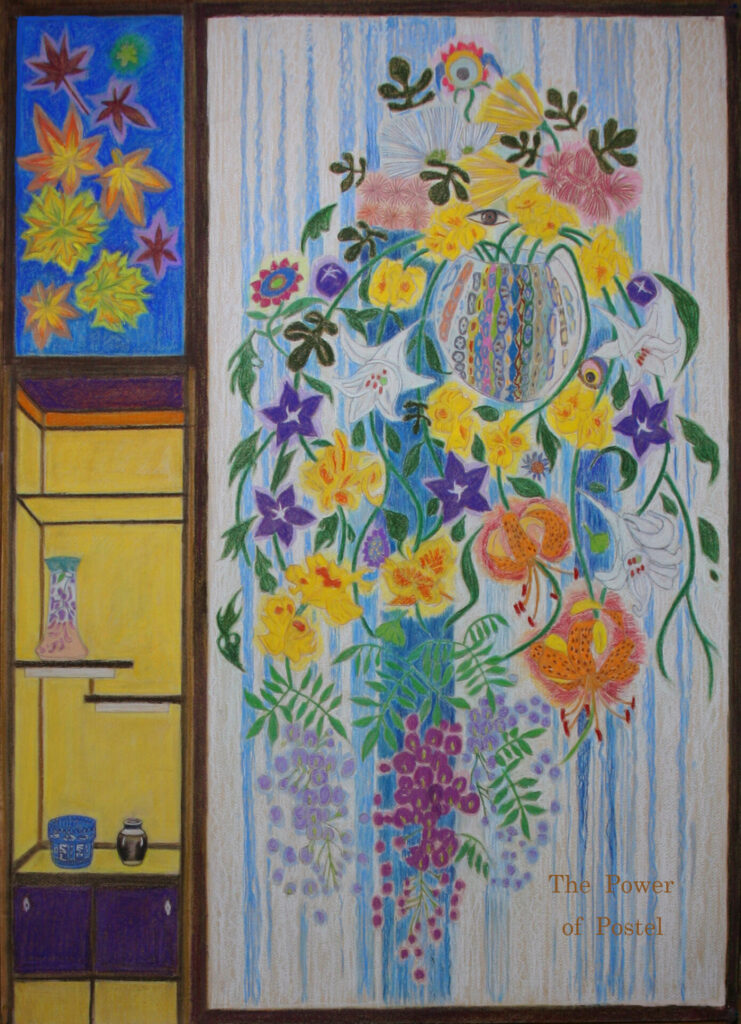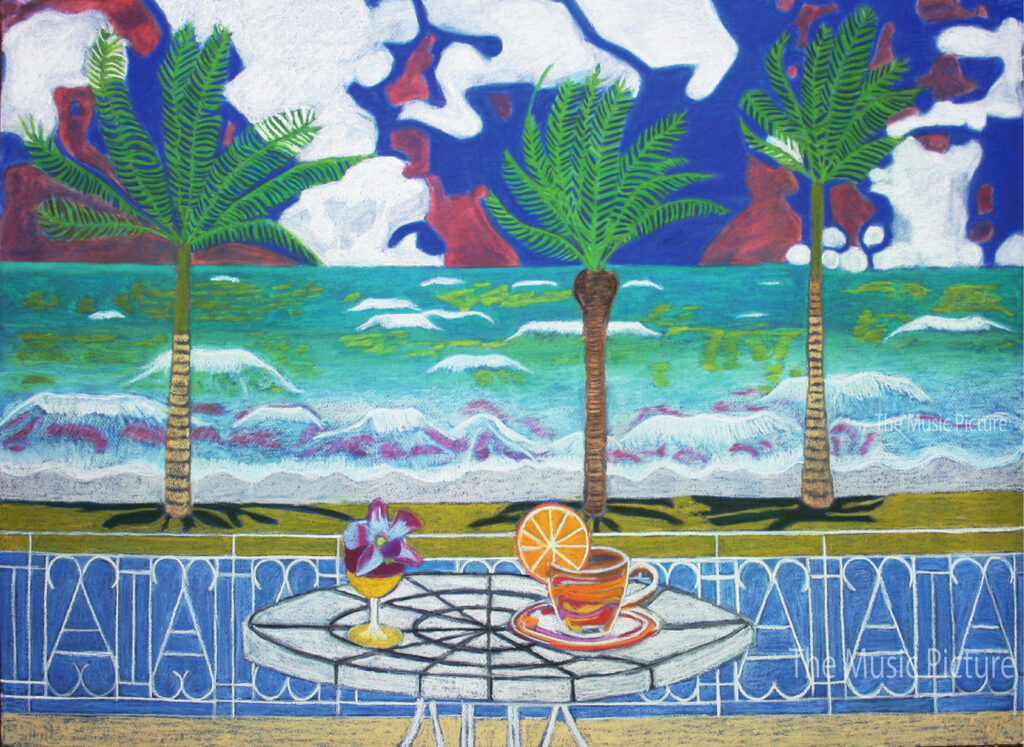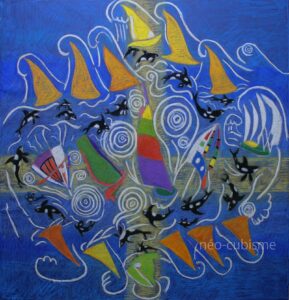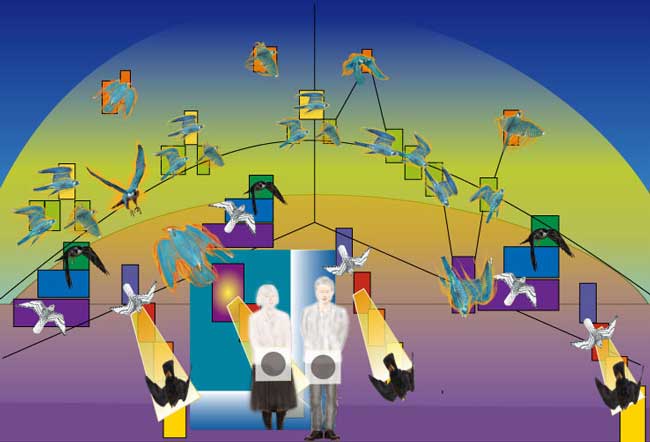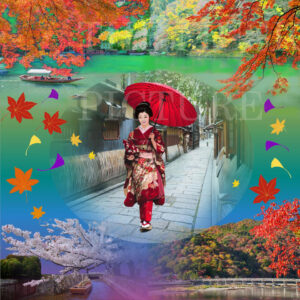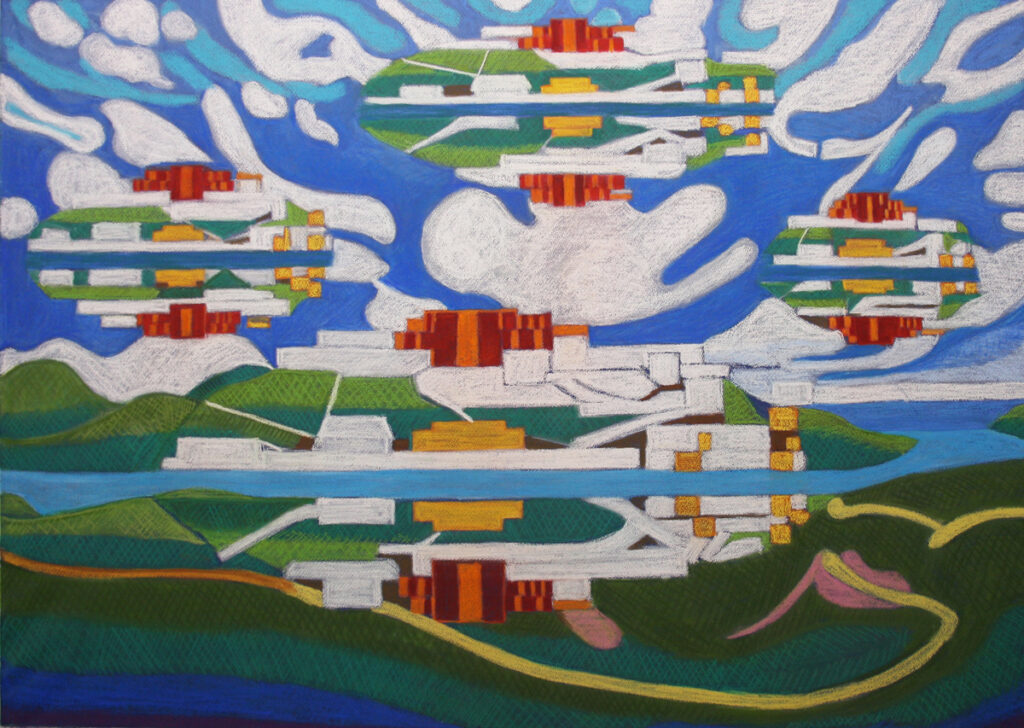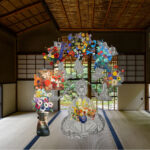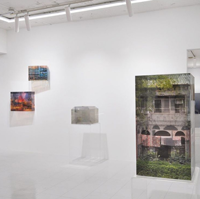Hello.
This is Masahiko Yokota (横田昌彦), a pastel painter based in Sapporo.
It's been quite a while since my last work, but I've completed a new piece.
The title is "K2 West Face – Piolet d'Or (K2 西壁 ピオレドール)".
Over the past few months, NHK has repeatedly aired a program titled K2: Unclimbed Line – The Journey of Kazuya Hiraide and Kenro Nakajima (K2 未踏のライン 平出和也と中島健郎の軌跡).
Before their attempt on the K2 West Face, widely considered the most difficult and unattempted route on the world's most dangerous mountain,.
Kazuya Hiraide (平出和也) had already won the Piolet d'Or (ピオレドール賞・金のピッケル) three times, and Kenro Nakajima (中島健郎) had won it twice.
In 2024, the two climbers challenged this formidable face and tragically fell 1,000 meters with the ice and lost their lives.
May they rest in peace.
After their passing, the two were posthumously awarded the 2024 Piolet d'Or for their successful ascent of Tirich Mir in Pakistan.
Truly remarkable.
These two men were undoubtedly top athletes in the mountaineering world—like Ayrton Senna in car racing!
I first learned of this accident through NHK’s online advertisement and have been contemplating many things since, while creating this piece.
The work is, as always, done in soft pastel on Mermaid paper in 4/6 size (1091mm × 788mm).
As always, please interpret the meaning of the piece however you like.
Honestly, I myself cannot decide on a fixed meaning either.
Did Kazuya Hiraide and Kenro Nakajima, two of the greatest climbers of the 21st century, truly understand the meaning and necessity of this challenge? Or perhaps no one can?
Well-known mountaineer Ken Noguchi (野口健) shared his thoughts on the background of this tragedy in
The Fall of Two Elite Climbers on K2: Ken Noguchi’s Warning (最強登山家の2人のK2滑落 野口健氏の警鐘).
I resonate with many of his points—how do you feel about it?
Also, a close friend who had climbed with them many times, Akihiro Oishi (大石明宏), wrote an essay titled
Kazuya Hiraide’s K2 West Face Accident and Memories from 20 Years Ago (平出和也のK2西壁遭難と20年前の想い出).
Please take a look at that as well!
The roses in the painting were grown by me this year!
The roses depicted in the painting are almost all ones I grew myself. Here are the varieties:
- Pale violet with a bluish hue: Novalis
Named after the famous German poet, "Novalis" means "new land."Previously considered the strongest new "blue rose" in terms of disease, heat, and cold resistance,
this rose overturned the conventional belief that blue roses are weak and stunned breeders worldwide.
Even the renowned Iwamizawa Rose Garden (岩見沢バラ園) praises it as the toughest variety! - Yellow: Golden Medallion
A large-flowered yellow rose. Traditionally, yellow roses were believed incapable of combining fragrance and disease resistance,
but this variety excels in both, along with cold hardiness. - Red: Love (ラブ)
A high-centered hybrid tea with white on the inside, bred by American hybridizer Warriner.
Though not known for exceptional disease or weather resistance, it is the only rose from among those I bought 15 years ago that survived.
Despite root damage, heat, disease, and winter dryness, it has bloomed continuously in a pot—my personal "strongest rose."
This variety also thrives in rose gardens around Sapporo, likely well-suited to the local climate.
Whenever I see this rose basking in the wind and gentle light, it reminds me of ‘LOVE’ by John Lennon.
Unlike most fantasy-like, fleeting love songs, this one is stripped down to its core and deeply meaningful.
A true masterpiece—perhaps composed as spontaneously as “Imagine.”
I believe it's the greatest love song ever written.
- Largest rose in the painting, reddish-purple: Munstead Wood
Bred by British hybridizer David Austin, this rose combines the strength of wild roses like Rosa multiflora and rugosa with the refined beauty of old roses.
It revolutionized rose breeding in the 2000s.
While Austin’s roses are generally called "English Roses," this variety was reportedly discontinued last year.
Munstead Wood is one of the deepest crimson (crimson red) roses in the English Rose line, and it consistently amazes me with its unique growth and bloom.
It carries a luxurious "Damask" fragrance and shifts in color from red to purple as the bud opens.
It blooms repeatedly regardless of the season—a favorite among English Rose fans.
Its name comes from the founder of the "English Garden."
- White with green tones: Wakana (わかな)
This rose transitions from greenish outer petals to white centers.
Though green roses are rare, this one is exceptionally attractive.
- Beige rose: Rally des Gazelles
A rose with excellent disease and cold resistance, a rare quality for beige or tea-colored roses, which are typically weaker.Named after the “Rallye Aïcha des Gazelles,” a women-only rally through France and Morocco.
Bred in 2021 by Delbard, one of the most aggressive French nurseries now expanding rapidly in Europe and the U.S.
Delbard has focused on creating disease-resistant roses, and even roses resembling English Roses, which have become quite popular.
This variety features very large blooms with spectacular color.
Although tea-colored roses aren’t popular in Europe, the genius Japanese breeder Takunori Kimura (木村卓巧) has praised this as a Delbard rose worth preserving—and I completely agree.
The forms of the roses in this painting are based on how they actually bloomed this year.
